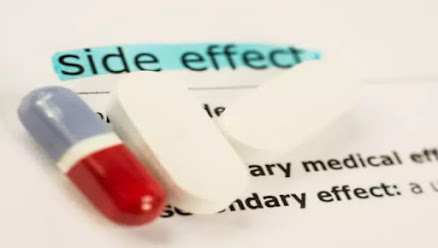Capillary blood glucose
Capillary blood glucose is that which is measured by practicing a small prick of a finger to extract a drop of blood that is then placed on a test strip and analyzed using a glucometer. It is a system widely used by diabetic patients, both type 1 and type 2, to carry out daily self-monitoring of their blood glucose values at home.
This daily check is carried out with a device known as a
glucometer. The prick is done using a lancet or a special pen that contains a
fine needle and it is also necessary to have the test strips, essential to
complete the blood glucose measurement.

It is recommended to carry out the capillary glycemic
control test as soon as you get up, before having breakfast and then write down
the value obtained in a notebook, although the glucometers have a memory in
which the data of each measurement performed are stored. Write it down in a
notebook, it allows to accompany the figures obtained by annotations referring
to food, exercise, etc.
In this way, the doctor will be able to review glucose
control, determine the cause of eventual increases or decreases in blood
glucose and, where appropriate, modify the treatment for better control of it.
It must be busy into account, however, that the results obtained by capillary
blood glucose can vary by 10-20% from one measurement to another if they are
carried out successively.
How to perform it
To correctly perform the capillary blood glucose test, it is
necessary to first follow the following recommendations:
•Wash your hands well to remove any remaining sugars from
food or beverages, which could alter the glucose measurement.
•Dry your hands well, to avoid that the blood can be diluted
in the remaining water, which would make the glucose figures obtained lower
than the real ones.
•If your hands are very cold, it is advisable to warm them a
little so that the blood comes out more easily. Keep your hands warm or warm so
that the drop of blood comes out more easily.
With regard to the test itself, the following indications
must be followed:
•Put the test strip in the glucometer.
•Charge the piercing pen.
•The prick should be done every day on one finger, avoiding
doing it in the center of the fingertip, as it is more painful and over time
some sensitivity may be lost. It is best to do it on the side of the finger.
•Once the puncture is made, you have to press on the sides
of it so that a large enough drop of blood can be extracted.
•Place the strip on the drop of blood and wait for it to
absorb the necessary amount.
•Look at the glucometer to check the result and write it
down in the notebook or store it in the device's memory.
•Remove the test strip besides throw it away. @ READ MORE Cancer and Detoxification



Comments
Post a Comment